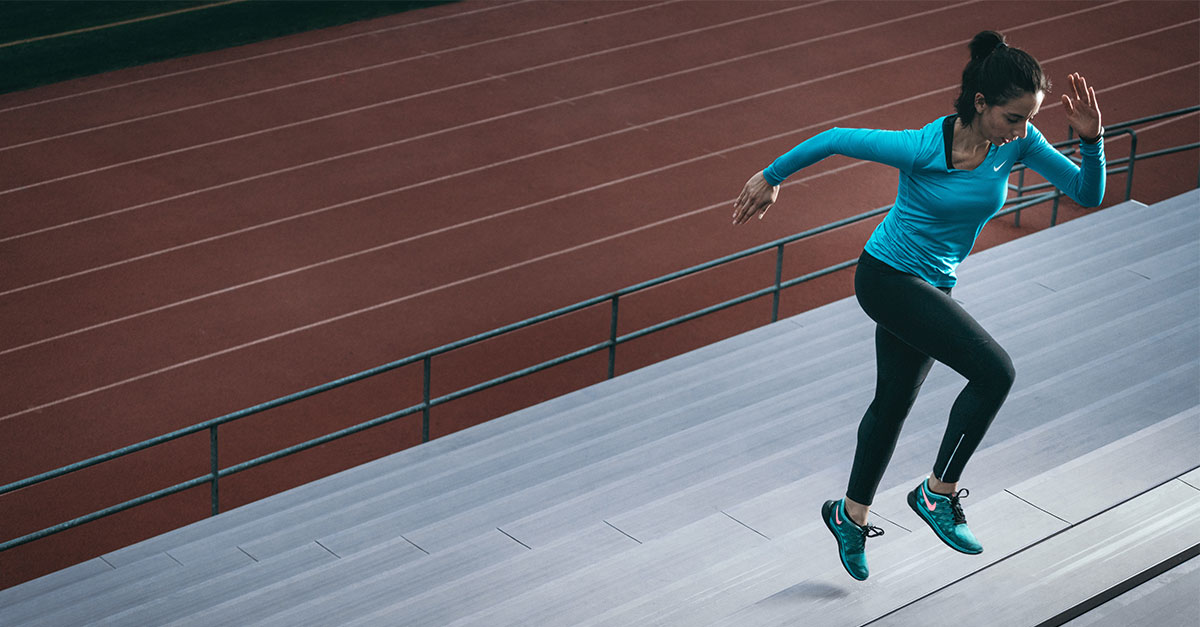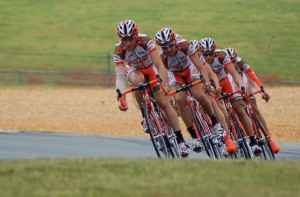Let’s face it. As athletes, we know that injury is one of the most common risks during our training seasons. Admittedly, most of us have probably gone ahead with a major race despite ‘having a niggle’ or even a larger injury. It’s easy to tell ourselves that ignoring the pain and pushing through that barrier is what’s needed to reach our goals. However, it’s this kind of thinking that often leads to further injury and ultimately resulting in less time in competing overall.
We train so hard, putting in the blood, sweat and tears in training, that we can feel like our bodies have let us down when an injury does happen. We may feel anger, frustration and disappointment in ourselves or the universe for ‘making this happen’. Even though the extent of an injury may be clear as day, it doesn’t seem to be as transparent when it comes to our ability to cope mentally with the situation.
Our sport can be a major source of self-esteem, self-satisfaction, enjoyment and even our identity. We can lean on our sport as a coping mechanism for the stress in our everyday lives. It can provide a sense of release and a physical outlet for built-up tension. Serious athletes then have to devote a great deal of time, training, competing and connecting with a like-minded community and it can quickly become our world. Our athleticism shapes a large part of who we are to ourselves and others. This is perhaps why any significant injury can have such a significant psychological toll on us.
Feelings of loss of our identity are common. When recovering from an injury, those training sessions with friends get replaced with feelings of frustration, boredom, inadequacy and sometimes even jealousy or resentment of our uninjured peers. Some psychological factors commonly experienced by injured athletes include: isolation, anxiety and fear of reinjury.
However, frustration, depression, anger and tension are consistently ranked the highest emotions we athletes face when injured. How we cope with injury may ultimately determine our paths to full recovery or re-injury.
Coping Skills for Injured Athletes
Thanks to BelievePerform, we can follow this step-by-step process with the acronym: ‘R-E-C-O-V-E-R’:
R – REST: Rest and restrict activity, follow protocols and refuel. It’s so easy to get anxious and try to fast-forward through this step but this may set us up for another (more serious) injury down the line. Sometimes the fastest way to coming back is actually the slowest. Patience is the key to success!
E – EVALUATE: Evaluate/reassess regularly with experts (e.g. doctors, physiotherapists, etc.), sharing concerns and following rehabilitation advice outlined.
C – CONNECT: It’s important that we keep connection with others, both inside and outside the sporting community. It’s amazing how beneficial social support is during the rehabilitation phase. The more we isolate ourselves, the darker (and more boring) the recovery process will become. It’s important to remind ourselves that we are not our injuries and that ‘this too shall pass’.
O – OPPORTUNITY: We should keep in mind that, although it’s not ideal, an injury is also an opportunity to learn new skills and address any weaknesses. The recovery period is a perfect time to either brush up on or to really practice the mental aspect of the game. Visualization, goal setting, remaining focused are just a few examples of what we can do, so that when we get back at it we are not only physically but also mentally strong.
V – VISUALISE: Visualizing our progress step by step and keeping it real. This skill is great for injured athletes since not physically effort is required, and yet, it still improves our self-confidence, promote healing and manage pain. Aren’t our brains amazing?!
E – ELIMINATE FEAR: Although easier said than done, eliminating fear, trusting our bodies and be flexible in our recovery goals is very important for us athletes. Fear of reinjury is very common and can often leave us with intensified sense of vulnerability. We need to draw on our mental skills to improve focus and concentration. It’s better to focus on what we WANT to happen, NOT what we’re afraid will. Goal setting is another useful technique for improving performance since it helps to keep us focused on ‘the big prize/picture’ instead of on all the mental hurdles that tend to pop-up like a game of “Whack-a-Mole”.
R – RETURN TO PLAY: When returning to training, the focus should be on our psychological readiness and improvement. We’ve been patient, we’ve followed the steps of recovery and are psychologically ready, now it is time to get back to the sport we love.
Stay safe and smart out there, Braveheart Athletes!



